Forth Green Freeport has opened for business, which could bring a potential £7 billion in investment and 19,000 jobs over the next decade.
The site, which spans both sides of the Forth estuary, officially “went live” on June 12.
A suite of financial incentives will hopefully attract public and private sector businesses to one of three designated tax sites — Mid-Forth (Burntisland and Leith), Grangemouth and Rosyth.
Businesses in offshore wind, hydrogen, sustainable fuels, modular manufacturing and logistics industries will be prioritised in these locations, with the aim to re-industrialise central Scotland over the next 10 years.
Freeports are special economic zones where businesses receive tax breaks as an incentive to invest.
Businesses will only receive “investment incentives” if they adhere to the freeport’s “investment principles”, including rules on worker’s rights, wages, conditions and environmental regulations.
Forth Green Freeport to “protect worker’s rights”
The project is independently chaired by Dame Susan Rice, who in 2000 became the first woman to ever chair a British clearing bank.
Dame Susan said the long-term project would deliver “real benefit” to the region, and had the potential to create hundreds of “quality, green jobs” in Fife and Scotland.
She said worker’s rights would be protected, following earlier criticisms freeport status had the potential to erode them.
This includes paying employees there a minimum of the real living wage, which is currently £12 per-hour.
The Scottish Trades Union Congress (STUC) has been invited to nominate a worker representative to the board of the Forth Green Freeport.
Councillors from Fife, Edinburgh and Falkirk councils will also have seats on the board.
“Strong governance is at the core of Forth Green Freeport as we focus sharply on ensuring that the Green Freeport operates to the highest standards,” Dame Susan said.
“Workers’ rights will be protected, money will be spent wisely and all of the investors we attract to benefit from the incentives that the green freeport offers will be as committed as we are to ensuring that the most significant beneficiaries from this long-term initiative are the people from the communities around the Forth Green Freeport.”
Billion-pound potential
The sites in Burntisland and Rosyth in Fife will primarily be used for the construction of offshore wind components.
Rosyth’s Babcock yard, which is involved in the building Royal Navy frigates, will focus on “innovative shipbuilding and advanced modular manufacturing and assembly”.
The Royal Navy base HMS Caledonia, which was recently purchased by the Ministry of Defence, is to now be included in the freeport area.
Mid-Forth’s tax site, as it is referred as by the freeport, is the combination of docks in Burntisland and Leith.
Freeport bosses claim there is a potential to attract £7bn of private and public investment over the next decade, delivering Gross Value Added (GVA) of £8.4bn.
This could generate up to 38,350 well paid, highly skilled jobs, almost 19,000 of these being directly linked to the freeport’s target sectors and tax sites, they added.
Dame Susan said: “This is it, Forth Green Freeport is officially open for business.
“It is an important time for the Green Freeport as we move through the business case development phase to delivery for Scotland.
“Through innovations in offshore wind manufacturing, assembly and commissioning, alongside innovative shipbuilding, modular assembly and hydrogen manufacture, the country’s net zero targets can be boosted by Forth Green Freeport.
“This is a long-term project and one which we know will deliver real benefits to the local communities through economic growth, skills re-training and training and access to high quality, green jobs.”
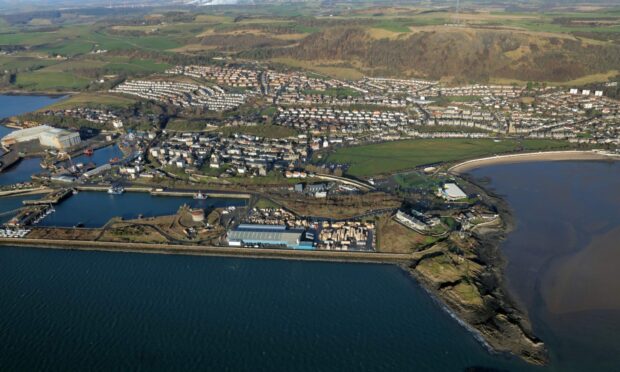
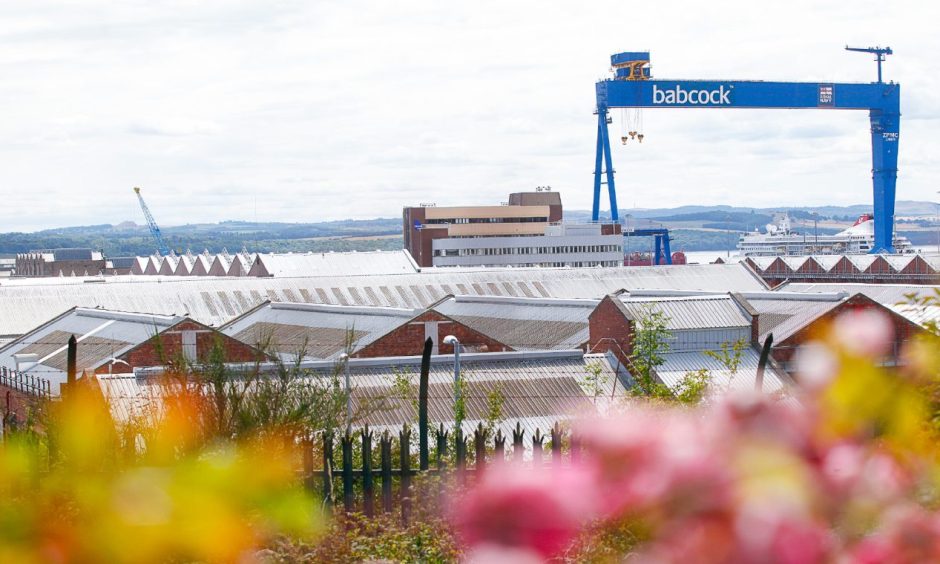
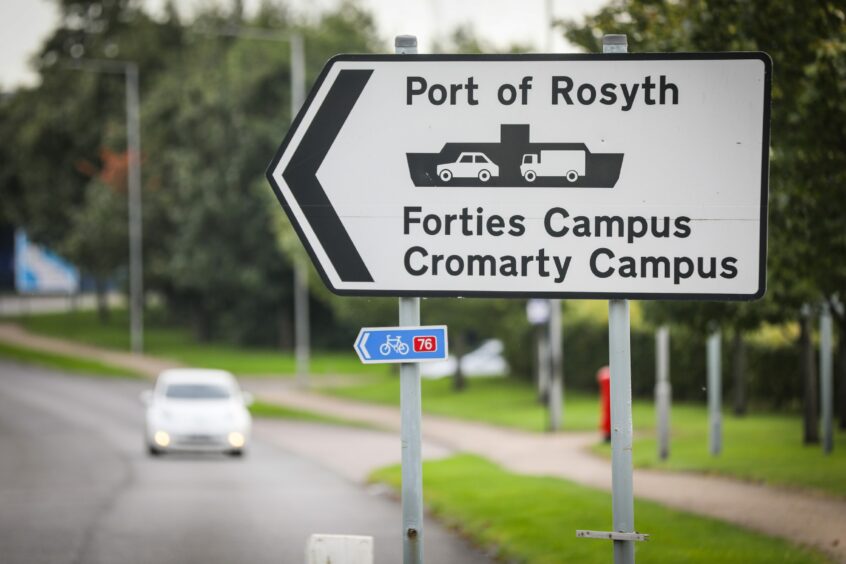
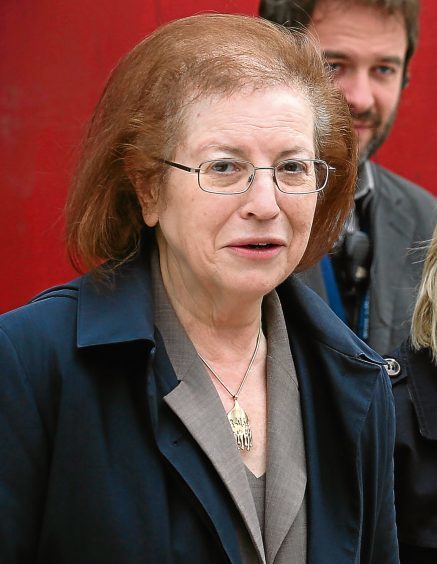
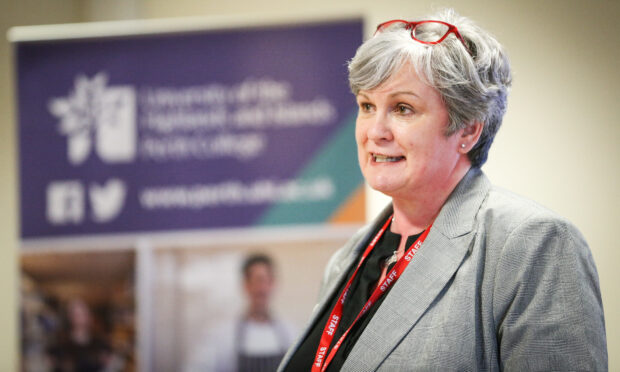
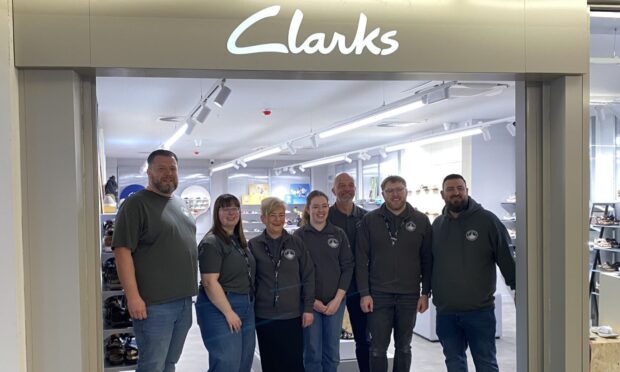
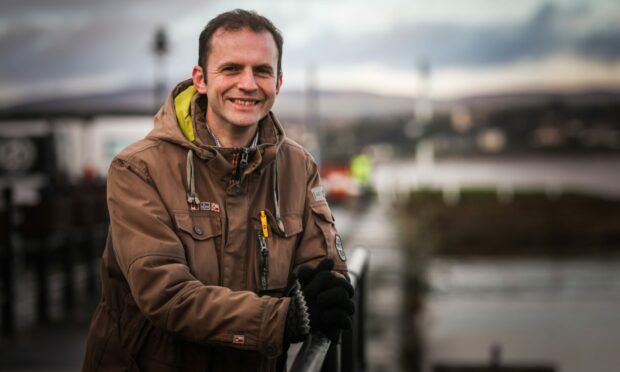
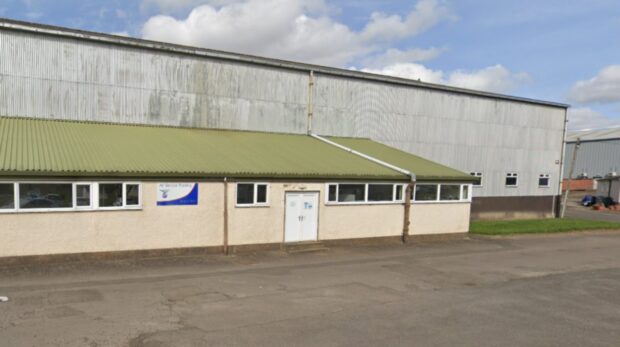
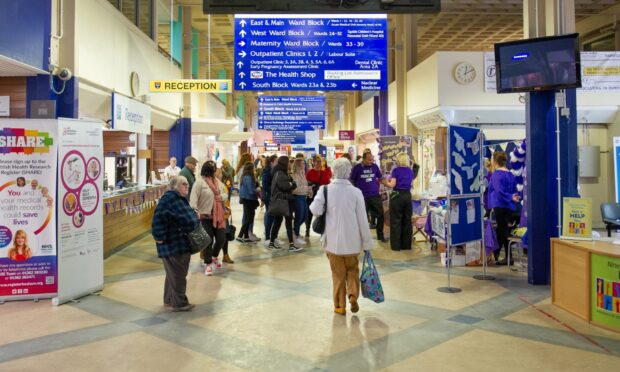
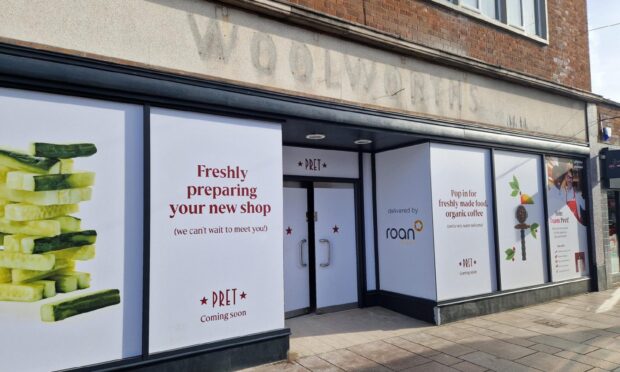
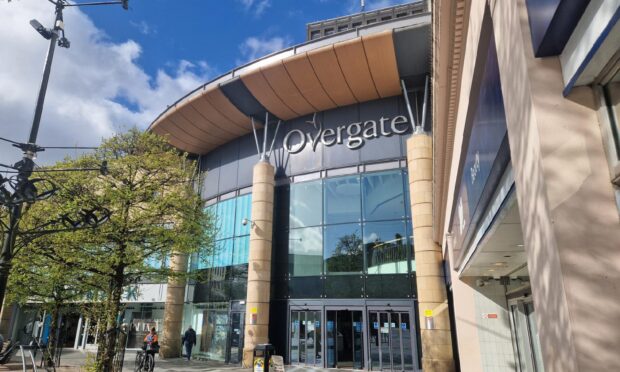
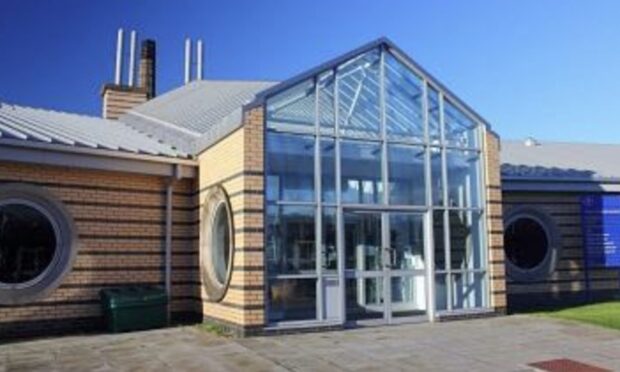
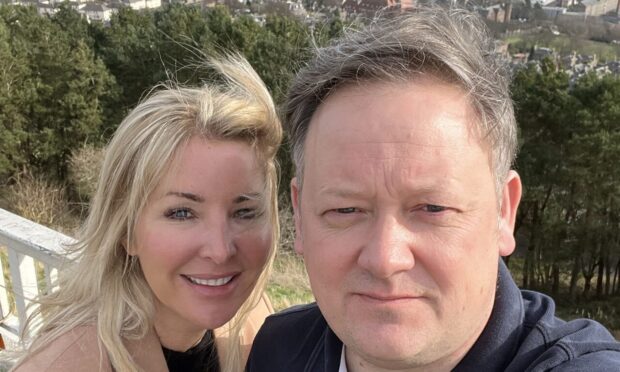
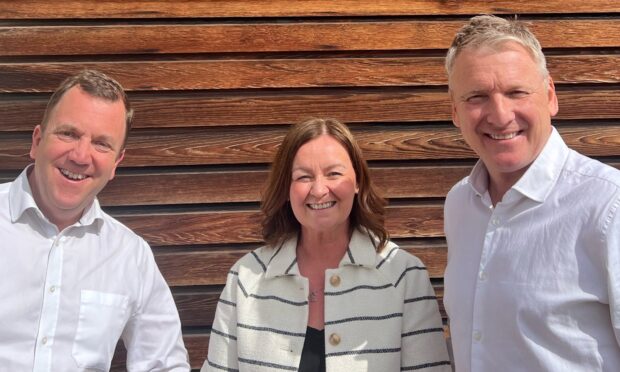
Conversation